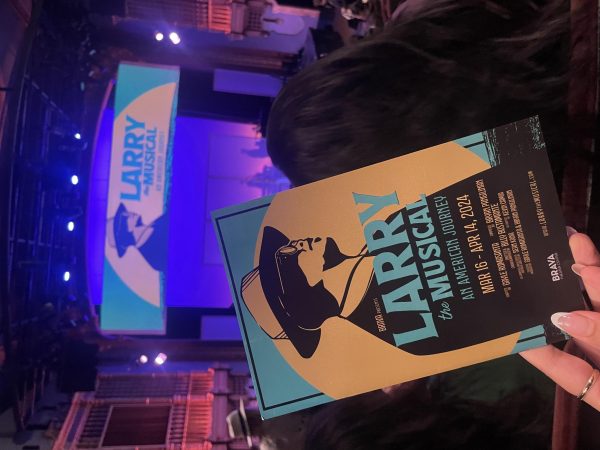The secrets of the SAT and Brazilian soccer
How my SAT tutor changed the way I learn and why that has been invaluable for my lifelong education
Jordan Sweidan/The Skyline View
A stack of SAT prep books sits on a desk in an empty classroom on Wednesday, April 6, 2016.
For many high school students, the SAT and other standardized tests are looming monsters to be dealt with as one would approach, say, cleaning out a hoarder’s den or removing a large wasps’ nest. Even for those with a knack for testing, the sheer exhaustion of the SAT makes the whole ordeal deeply unpleasant, and that’s to say nothing of the arduous study process that precedes the test.
But the secret to the SAT and to lifelong education may be as simple as how Brazilian soccer players learn to play so well.
Despite a 2014 National Association for College Admission Counseling study, which showed no significant differences in either cumulative GPA or graduation rates between students who took the SAT and those who did not, the SAT and other tests like it will presumably endure in many admission processes simply for their consistency and role as a standard by which to measure students quantitatively.
With no end to standardized testing in sight, some Skyline students looking to transfer to four year universities may be forced to undergo the SAT drudgery, while others are heading towards the GRE with equal trepidation.
I would be right there with you, but I had the luck to have an extraordinary SAT tutor back in high school who changed my entire learning process and showed me that in standardized testing, there is a hidden kernel of insight which can be hugely impactful on your lifelong education.
Though I’m sad to say many of my tutor’s helpful tricks and hints for the actual test have long since flown my mind. What has remained vividly is one of the very first lessons we went over: the lesson of simplification. He told me that learning is a puzzle, and you already have all the tools you need to learn anything.
Begin by getting rid of what’s least important –the extraneous details, the window dressing– he told me. Carve down to the bare bones and start from what you know well. Once you have a clear understanding of the core point, add back what you’ve cut. By the end, you’ll find you’ve learned more than you thought was possible.
But don’t just take my word for it; look instead to professional soccer. As Daniel Coyle explains in his book “The Talent Code: Unlocking the Secret of Skill in Sports, Art, Music, Math, and Just About Anything”, there may be a reason so many professional soccer players come from Brazil. A project started by a school teacher in 1998 introduced Brazil to the game of “futbol de salao,” which is a version of soccer played in a small room, with five players on each side, and a smaller, heavier ball.
The space constraint forces players to focus on their technical skills, gives far more interaction with the ball, and develops a strong commitment to teamwork. Thus, when players move to a regular soccer field, their skills, creativity, and technique are acutely honed and can be unleashed with more field space.
So, for those approaching standardized tests like the SAT, this technique is valuable for all sections of the test. And for those whose standardized testing days are thankfully over, consider how simplification can allow you to delve into the heart of a problem, difficult task, or new skill and allow you to use your own knowledge and skills to learn better.
In the words of the ever-wise Ernest Hemingway, “All you have to do is write one true sentence. Write the truest sentence that you know.”













